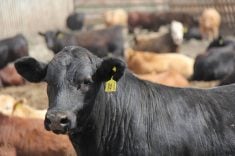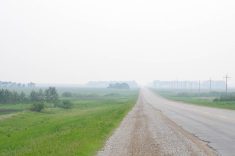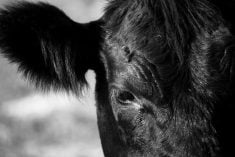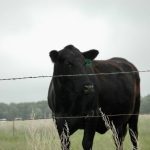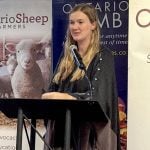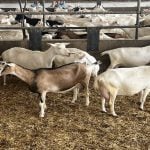Jim called one night concerned that his Holstein milk cow could not deliver a calf. The cow, a seven-year-old female bred by artificial insemination, had never had problems. But a trip to the Maritimes two summers ago was an unexpected catalyst for a new issue.
Nova Scotia offered an array of “new things” for Jim and his partner, May: the relaxed attitude of the residents, the ocean and fishing life, and, of course, the food. As they toured the island, they admired the beautiful lupines that seemed to grow everywhere, as garden borders, The bright blue, yellow and white flowers complemented the blue skies, green spruce and ocean whitecaps. May brought home seeds of the legume, confident she could get them to grow. Neither Jim nor May thought of potential threats posed by lupines, something ranchers across the East Slopes of the Rocky Mountains had learned a long time ago.
May broadcast seeds around the garden and within the spruce windbreaks. Over the next two years, the lupines flourished. They even spread to the pasture where Jim fed cows in the spring, carried there in bales of hay harvested from near the yard.
Read Also
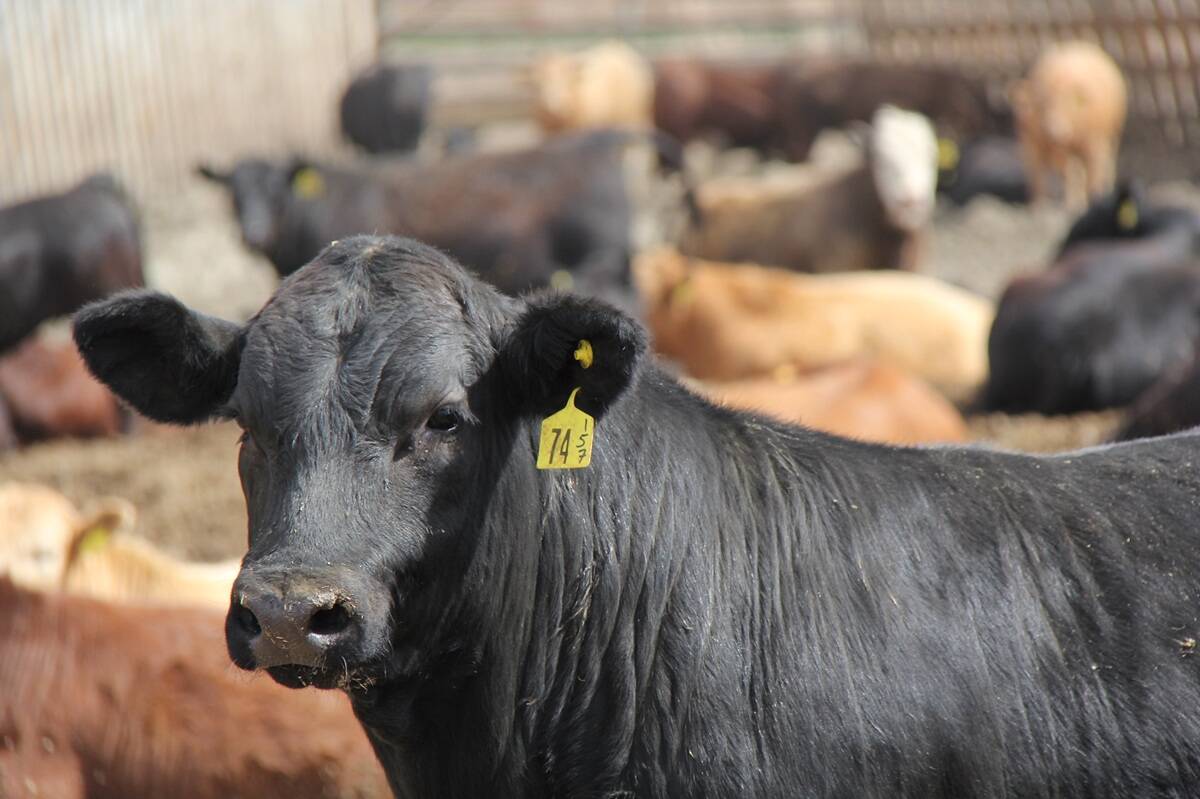
Mycoplasma bovis in beef cattle causes more than pneumonia
M. bovis causes pneumonia and is a major cause of infectious arthritis in calves and feeder cattle
It didn’t take long to figure out why the Holstein cow couldn’t deliver her calf. Unbendable legs pointed in different directions. The calf’s spine deviated laterally (scoliosis) and formed a distinct hump (kyphosis). I told Jim the deformities would make delivery impossible without cutting the calf up inside the cow (embryotomy). Delivery by C-section was the only other option. We opted for the C-section. When delivered, the calf was severely deformed. Along with spine and leg issues, it had a cleft palate, a typical finding with crooked calves and arthrogryposis.
- MORE ‘Vet Advice’ with Dr. Ron Clarke: Skeletal deformities of beef calves
“What the heck would cause something like that?” Jim asked in amazement.
“There are several causes. One is genetic, like what happened with the Charolais breed when first introduced into North America. Breed officials and researchers were able to track carrier bulls and eliminate genetic links through selection. Occasionally other breeds are involved. Prenatal exposure to blue tongue virus can cause arthrogryposis. But one of the most common causes is exposure to lupines.”
As soon as I mentioned lupine exposure, Jim sheepishly explained that their trip to Nova Scotia two years ago might explain what happened. “May and I were so impressed with lupines we saw in gardens and along the road we wanted to bring some home.”
It’s been well established that poisonous lupine species, when consumed between 40-70 days gestation, can lead to crooked calves. The alkaloid that causes deformities is preserved in hay. Plants are most likely to cause deformities in the early growth and seed pod stages. Keeping pregnant cows away from lupines at those times can prevent most deformities. The congenital deformity hazard is minimal at other points of gestation and when the plant is in early flower stage or after pods have shattered and seeds have dropped. Producers can reduce losses by keeping hungry animals away from lupine patches in the early growth stage and in late summer when the plant is in the highly toxic seed stage. People need to take care when animals are trailed through lupine ranges during the seed stage, which often coincides with early pregnancy.
Lupine can be controlled with herbicides such as dicamba or triclopyr. Check labels or with an agronomist for rates and timing.




